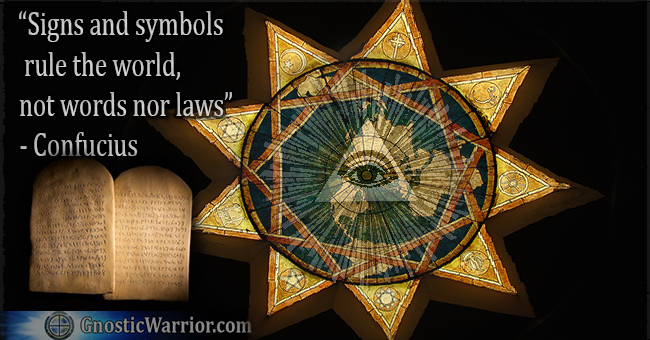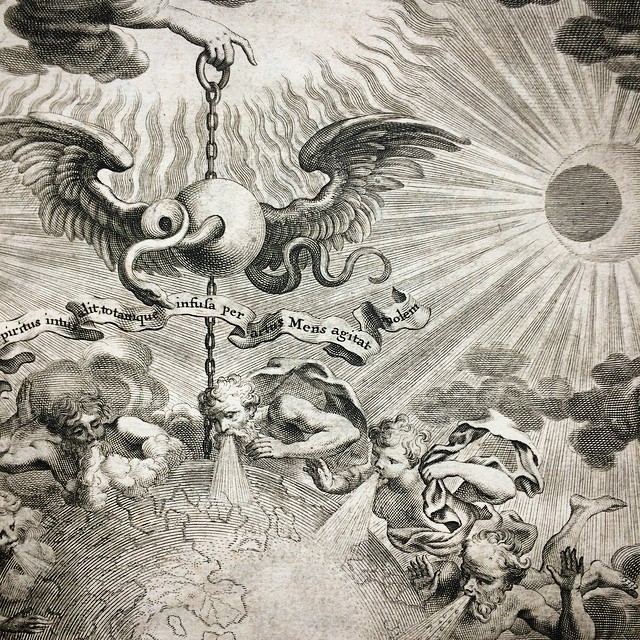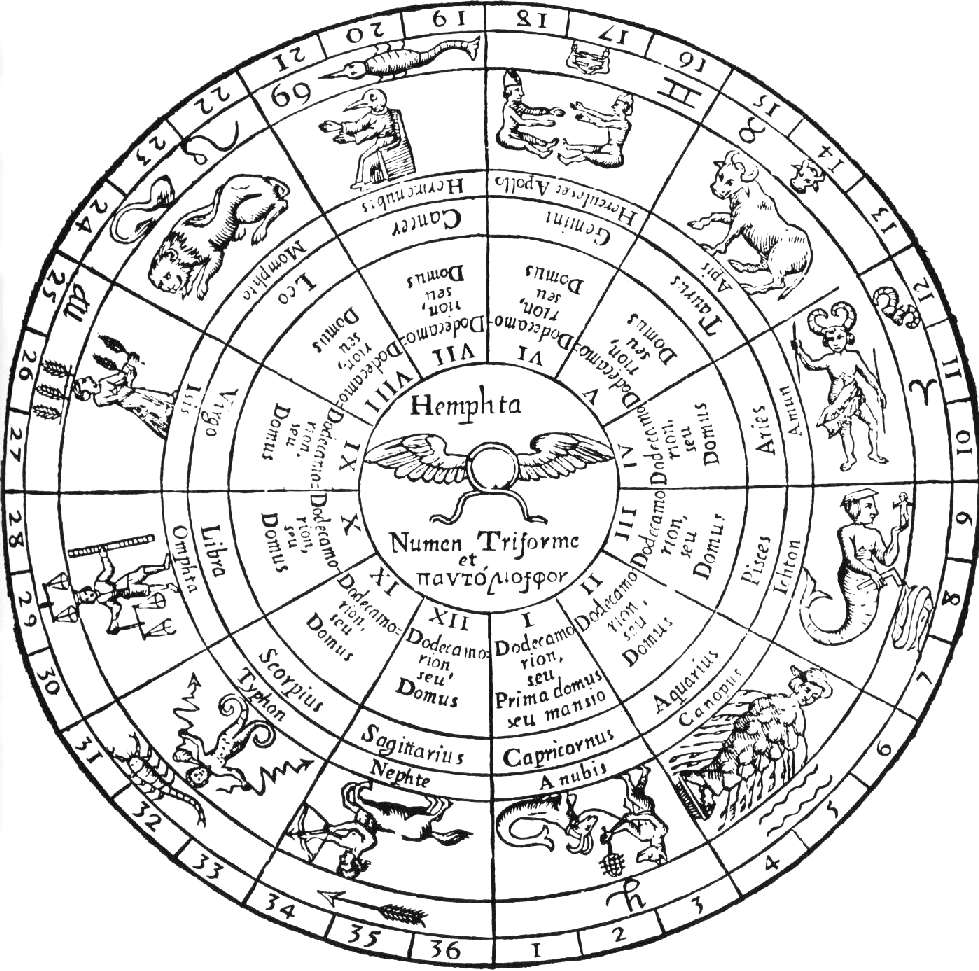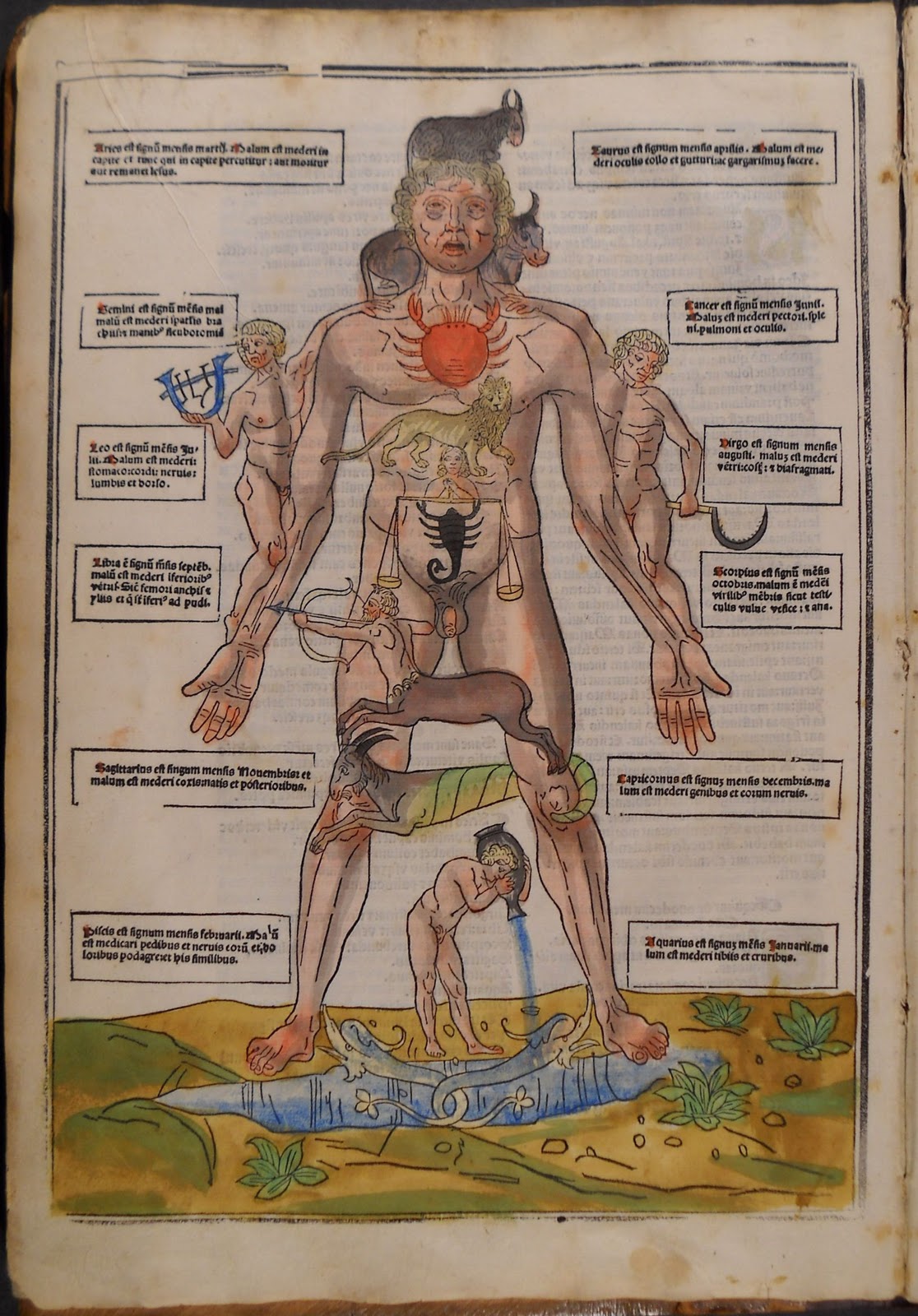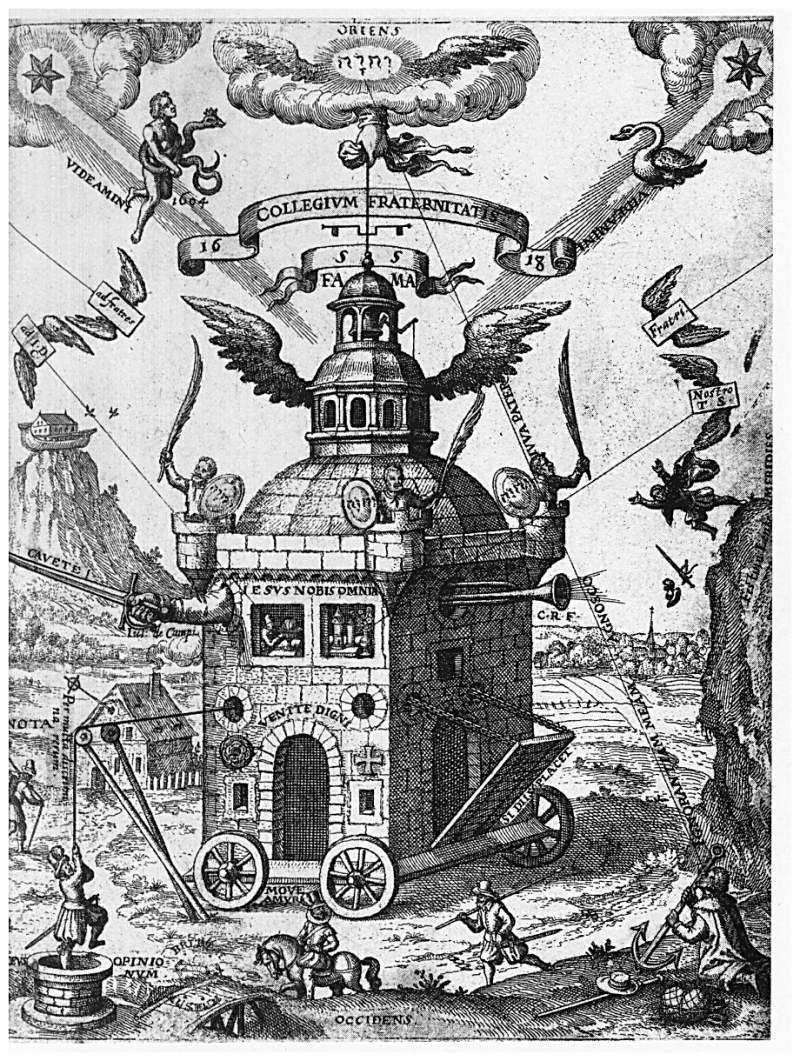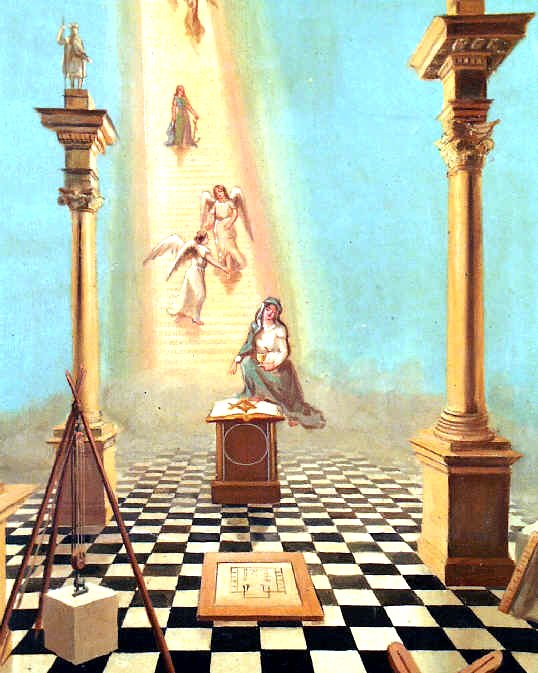The sign of Sagittarius consists of what the ancient Greeks called a centaur–a composite creature, the lower half of whose body was in the form of a horse, while the upper half was human. The centaur is generally shown with a bow and arrow in his hands, aiming a shaft far off into the stars. Hence Sagittarius stands for two distinct principles: first, it represents the spiritual evolution of man, for the human form is rising from the body of the beast; secondly, it is the symbol of aspiration and ambition, for as the centaur aims his arrow at the stars, so every human creature aims at a higher mark than he can reach.
Albert Churchward, in The Signs and Symbols of Primordial Man, sums up the influence of the zodiac upon religious symbolism in the following words: “The division here [is] in twelve parts, the twelve signs of the Zodiac, twelve tribes of Israel, twelve gates of heaven mentioned in Revelation, and twelve entrances or portals to be passed through in the Great Pyramid, before finally reaching the highest degree, and twelve Apostles in the Christian doctrines, and the twelve original and perfect points in Masonry.”
The ancients believed that the theory of man’s being made in the image of God was to be understood literally. They maintained that the universe was a great organism not unlike the human body, and that every phase and function of the Universal Body had a correspondence in man. The most precious Key to Wisdom that the priests communicated to the new initiates was what they termed the law of analogy. Therefore, to the ancients, the study of the stars was a sacred science, for they saw in the movements of the celestial bodies the ever-present activity of the Infinite Father.
The Pythagoreans were often undeservedly criticized for promulgating the so-called doctrine of metempsychosis, or the transmigration of souls. This concept as circulated among the uninitiated was merely a blind, however, to conceal a sacred truth. Greek mystics believed that the spiritual nature of man descended into material existence from the Milky Way–the seed ground of souls–through one of the twelve gates of the great zodiacal band. The spiritual nature was therefore said to incarnate in the form of the symbolic creature created by Magian star gazers to represent the various zodiacal constellations. If the spirit incarnated through the sign of Aries, it was said to be born in the body of a ram; if in Taurus, in the body of the celestial bull. All human beings were thus symbolized by twelve mysterious creatures through the natures of which they were able to incarnate into the material world. The theory of transmigration was not applicable to the visible material body of man, but rather to the invisible immaterial spirit wandering along the pathway of the stars and sequentially assuming in the course of evolution the forms of the sacred zodiacal animals.
In the Third Book of the Mathesisof Julius Firmicus Maternus appears the following extract concerning the positions of the heavenly bodies at the time of the establishment of the inferior universe: “According to Æsculapius, therefore, and Anubius, to whom especially the divinity Mercury committed the secrets of the astrological science, the geniture of the world is as follows: They constituted the Sun in the 15th part of Leo, the Moon in the 15th part of Cancer, Saturn in the 15th part of Capricorn, Jupiter in the 15th part of Sagittary, Mars in the 15th part of Scorpio, Venus in the 15th part of Libra, Mercury in the 15th part of Virgo, and the Horoscope in the 15th part of Cancer. Conformably to this geniture, therefore, to these conditions of the stars, and the testimonies which they adduce in confirmation of this geniture, they are of opinion that the destinies of men, also, are disposed in accordance with the above arrangement, as maybe learnt from that book of Æsculapius which is called Μυριογενεσις, (i.e. Ten Thousand, or an innumerable multitude of Genitures) in order that nothing in the several genitures of men may be found to be discordant with the above-mentioned geniture of the world.” The seven ages of man are under the control of the planets in the following order: infancy, the moon; childhood, Mercury; adolescence, Venus; maturity, the sun; middle age, Mars; advanced age, Jupiter; and decrepitude and dissolution, Saturn.
HIEROGLYPHIC PLAN, By HERMES, OF THE ANCIENT ZODIAC.
From Kircher’s Œdipus Ægyptiacus. The inner circle contains the hieroglyph of Hemphta, the triform and pantamorphic deity. In the six concentric bands surrounding the inner circle are (from within outward): (1) the numbers of the zodiacal houses in figures and also in words; (2) the modern names of the houses.(3) the Greek or the Egyptian names of the Egyptian deities assigned to the houses; (4) the complete figures of these deities; (5) the ancient or the modem zodiacal signs, sometimes both; (6) the number of decans or subdivisions of the houses.

Moe is the founder of GnosticWarrior.com. He is a father, husband, author, martial arts black belt, and an expert in Gnosticism, the occult, and esotericism.

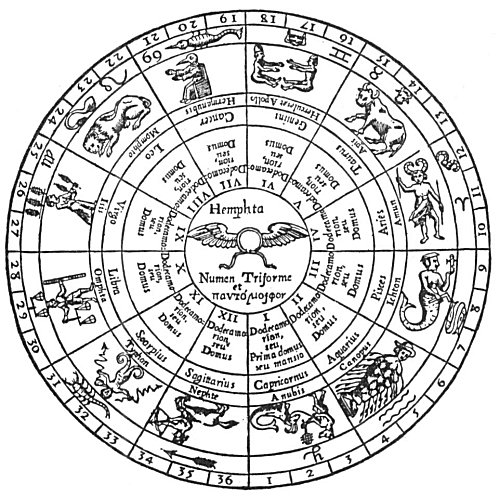
![Of the signs which were shown from Heaven when the mother of that community departed this life [675 A.D.?] | Book 4 | Chapter 9 Of the signs which were shown from Heaven when the mother of that community departed this life [675 A.D.?] | Book 4 | Chapter 9](https://www.gnosticwarrior.com/wp-content/plugins/contextual-related-posts/default.png)
